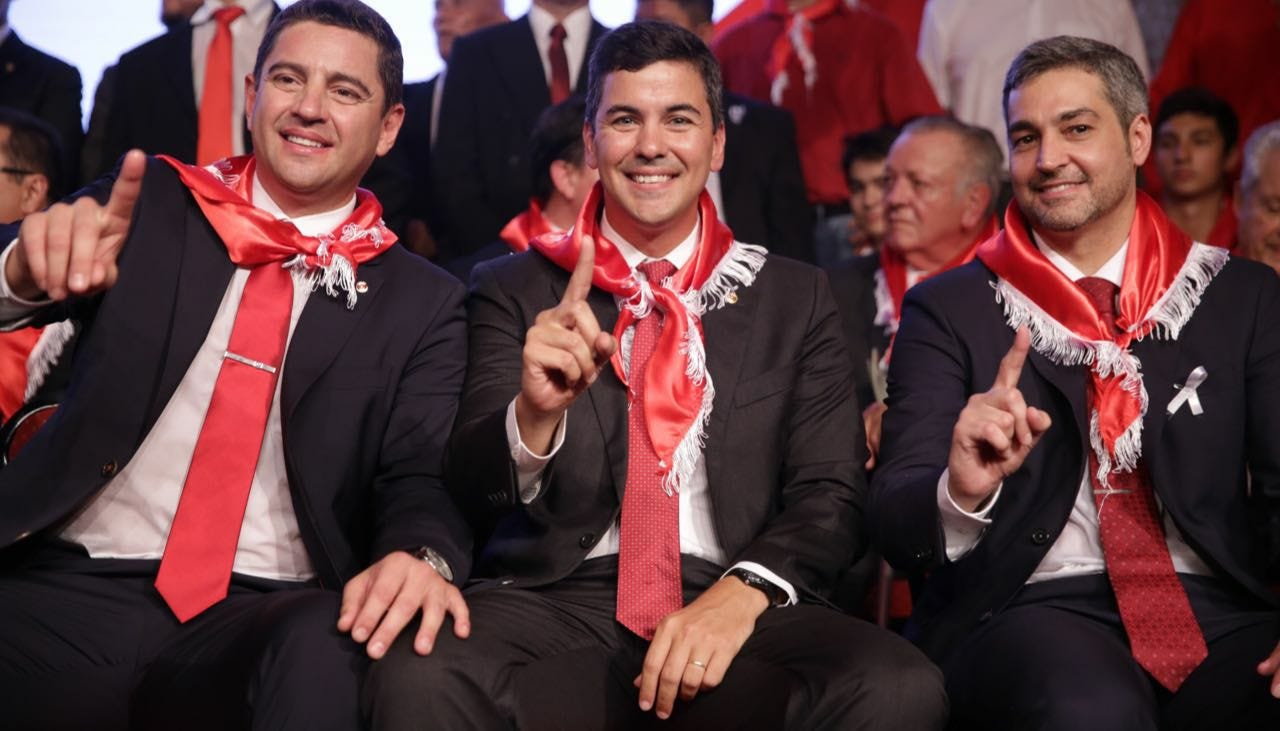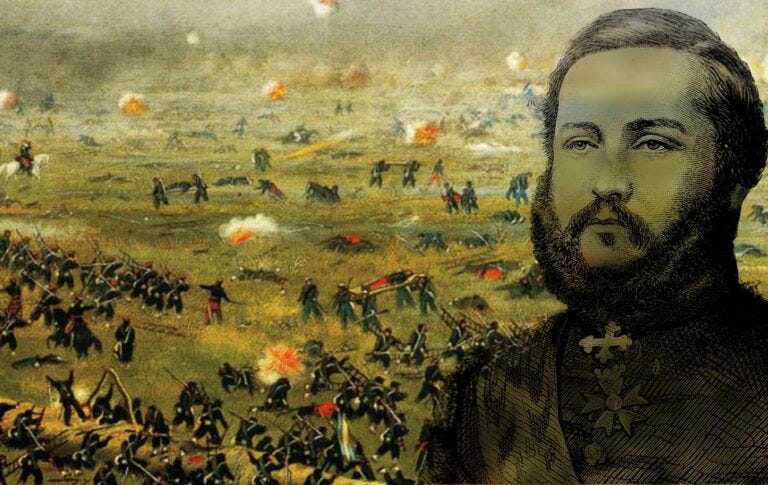Understanding The Colorado Party
And why they (almost) always win.

A few days after the 2023 election, with two other reporters from the New York Times, I boarded the Aquidabán – a venerable cargo boat, now underwater, which plied the upper reaches of the Paraguay River for over 40 years – at Fuerte Olimpo, Alto Paraguay. Among our fellow passengers, swinging in hammocks and sprawled out in the gangways, were pretty much every member of the Tomáraho: an impoverished Indigenous community of wooden huts accessible only by river. Their journey to and from the polls, they said, had been paid for by Arturo Méndez, the Colorado Party candidate for governor.
Méndez, they added, had personally handed them 200,000 guaraníes ($25) each as they went into the polling station. Jack Nicas, my colleague from the Times, later called him up. The governor-elect freely admitted it, saying that the native villagers needed money for food and clothes because the government – controlled by his party – had forgotten them. “Yes, we help them. But not to induce their vote,” said Méndez, who won by a landslide. “It would be heartless not to.”
Several of the Tomáraho told us that they would have voted for the Colorados anyway: Méndez had promised them an access road to their village (yet to be delivered) and jobs. And besides, they didn’t think any other party could win.
This encounter came to mind as I read the latest book by Alfredo Boccia Paz, a haematologist, historian, and respected political columnist. Por qué ganan (casi) siempre: claves de la hegemonía política de la ANR en el Paraguay explores why the Colorados have ruled “practically without interruption for more than seven decades.” Going back further, the conservative movement officially known as the Asociación Nacional Republicana (ANR) has controlled Paraguay for 11 of the 15 decades since the Triple Alliance War (1864-70).
It’s an extraordinary record, Boccia notes, rivalled only by the PRI in Mexico, Uruguay’s own Colorado Party, Peronism in Argentina (all now in the political wilderness), and the Cuban Communist Party. But while Havana’s revolutionary regime depends on jackboots and olive-green uniforms to maintain its grip, the scarlet-shirted Colorados have won eight out of nine national elections held since the fall of the 1954-89 dictatorship of Alfredo Stroessner. This, despite presiding over “huge levels of corruption and inequality”, and even as an anti-incumbent wave swept the region in recent years. What gives?
Rhetorical dominance
The slim volume begins with the party’s founding in 1887 at the same moment as the Liberal Party: Paraguay’s principal but perpetually divided opposition force. Both were elite movements born out of Asunción high-society clubs. Veterans who fought on both sides of the war – for and against Marshal López – could be found in the ranks of each, Boccia emphasises. But some minor differences, especially on the rhetorical level, gradually emerged.
The Colorados stood up for the discredited figure of López, were linked to the countryside and the agrarian economy, and firmly committed to “nationalism” and “social justice” delivered by a muscular state. On the other hand, they installed the myth that the Liberal Party – skewed towards free-market urbanites who looked to Buenos Aires for inspiration – had been founded by anti-patriotic “legionaries” who had joined forces with the Argentine and Brazilian invaders to stab the pre-war Paraguayan superpower in the back.

This was a lie, and deeply hypocritical. Bernardino Caballero, López’s top lieutenant and joint founder of the ANR, used his 1880-86 term as president to sell off 80,000 square miles of state-owned natural resources to Anglo-Argentine corporations, enriching himself in the process. No matter: the Colorados had “won the battle over memory,” Boccia writes. “It was a hugely successful long-term political operation.”
Keep reading with a 7-day free trial
Subscribe to The Paraguay Post to keep reading this post and get 7 days of free access to the full post archives.


